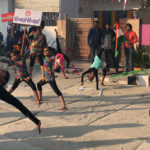
If you drive out of New Delhi west along National Highway 48, you will find yourself reaching a small district in Haryana state named Jhajjar. Just 50 miles from the national capital, its demographic contrast is unmistakable. The bustle and ...

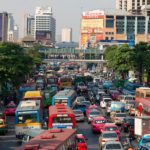
Thousands of cities have committed to act on climate change, but few have yet turned their goals into tangible results. One of the important items that can help them begin is data from national governments. Establishing an “emissions inventory,” measuring how much greenhouse ...

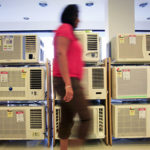
Persuading people to use energy more efficiently has long been heralded as a simple, effective way to help tackle climate change. The problem lies in the persuasion. Historically, policies and programs to encourage people to save energy have relied largely ...

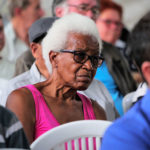
Neighbors in Porto Alegre, Brazil, have been getting together regularly since 1989 to discuss the future of their city. Everyone is encouraged to speak at district meetings in churches, gyms and clubs, discussing everything from water supply and sewage to ...

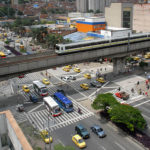
At a recent Latin American Development Bank (CAF) Infrastructure for Development Conference in Buenos Aires, regional experts and policymakers delved into the unique urban landscape for the area, from early approaches to modern challenges around inequality and better service. Pre-Incan ...

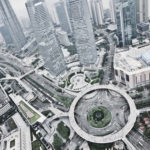
Climate action is rarely a primary consideration when investments are made in cities. Roads and transport networks are built to improve mobility, homes to provide shelter, offices to create places to work. But with more than three-quarters of global emissions ...

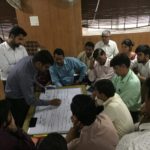
Road engineering – the way urban streets are designed and built – plays an extremely important role in ensuring road safety. The right kind of engineering for a street includes measures that actively restrict the scope for road users to ...

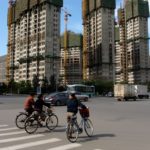
How can businesses provide more value to, and receive more value from, collaborative initiatives with cities? Businesses are the ones that design, build, finance, own, operate, renovate and occupy most of the buildings in cities. Without active collaboration and support ...


Bogotá is one of Latin America’s most polluted cities—but thanks to its citizens, its air may be getting cleaner. A decision from the mayor’s office to keep using diesel fuels in the next generation of buses in the city’s bus ...

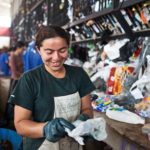
Think of the delicious food stands in Southeast Asia, the street performers in Africa, the rickshaw driver in Bangladesh, and the invisible home-based workers who embroider garments and stitch shoes in India. What do they all have in common? They ...

Page 58 of 337« First...1020...575859...7080...Last »